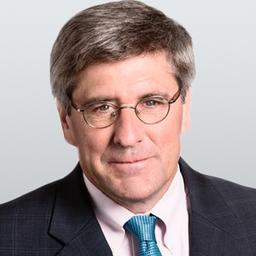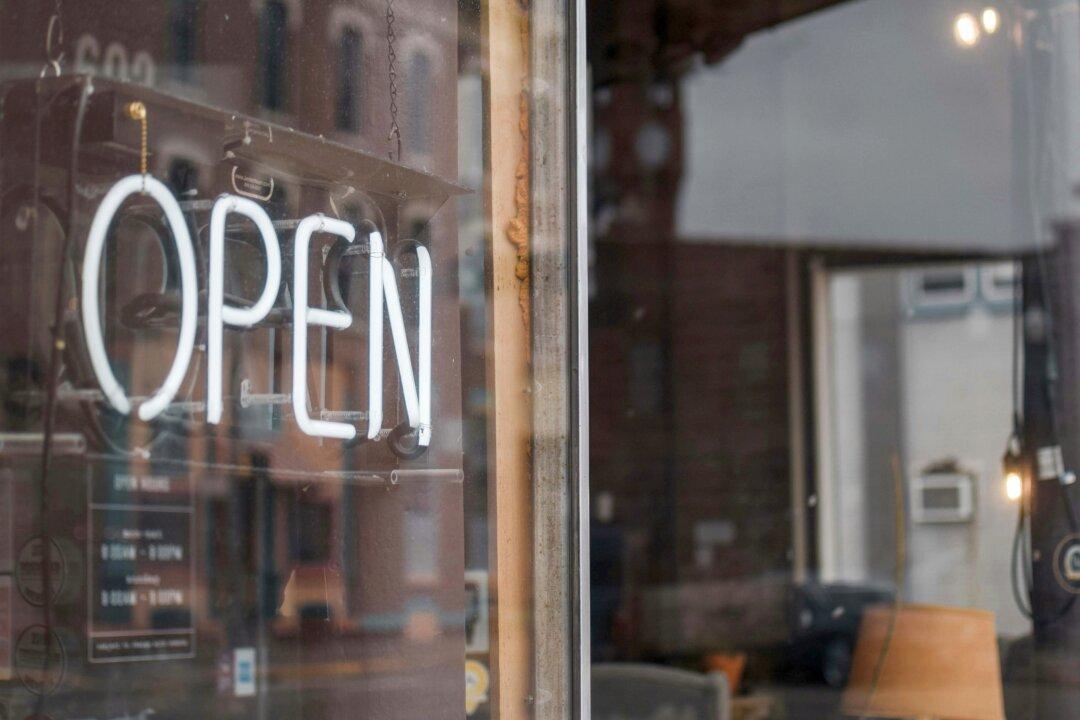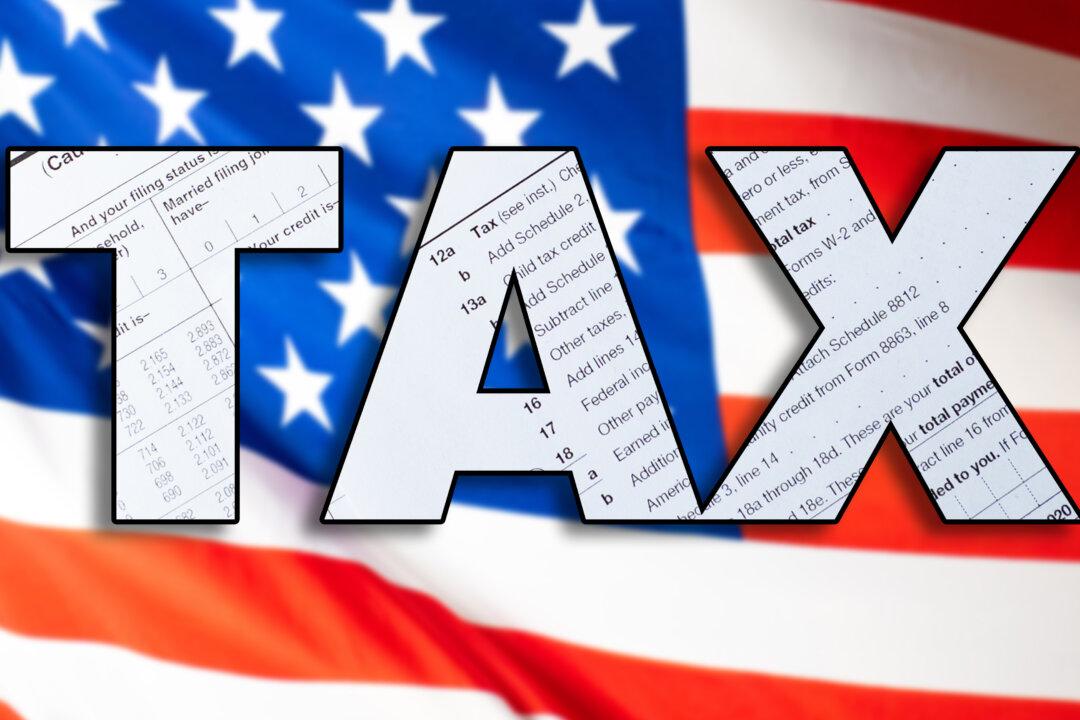With inflation now advancing at a 7 percent pace and producer prices sprinting ahead even faster—at 10 percent over this time in 2021—consumers are getting squeezed. On average, the purchasing power of paychecks shrank in 2021 by more than 2 percent when accounting for the higher prices.
That’s the opposite of prosperity, and this inflation tax is hurting the poor and seniors the most.
So what do we do? The solution is obvious: Washington has to stop spending and borrowing trillions of dollars we don’t have, and the Federal Reserve Board must raise interest rates to drain excess money out of the economy. The Biden administration must act now before the price increases deteriorate into runaway inflation—as we saw in the Nixon–Ford–Carter era of the 1970s.
But that isn’t what President Joe Biden wants to do. He keeps pushing his $5 trillion Build Back Better legislation, which would ignite more inflation. He also has advocated for more antitrust laws and government price controls on key industries, such as pharmaceuticals, oil and gas, meat, and poultry.
That’s an unwelcome return to the ruinous price control and industry regulation era of the 1960s and 1970s. Those controls on everything from oil and gas to trucking to airlines and banking only created massive market inefficiencies, shortages, and eventually more price spikes—exactly the opposite of what was intended.
Even Ted Kennedy and Jimmy Carter supported the end of failed price controls. It’s incredibly disheartening that the modern left has unlearned all of these lessons.
What was the effect of lifting those Soviet-style price controls? The definitive study was done by the Brookings Institution, hardly a conservative group, and its findings should be taught in every Economics 100 course and in the Biden White House.
“In virtually every deregulated industry, there have been substantial gains in efficiency,” the study reads. “The firms supplying the services produce it at costs about 30 percent [lower] than would have been incurred under the old regulatory regime. In addition, service quality improved. Deregulation reduced airline fares, trucking costs, and railroad transportation costs by tens of billions of dollars per year.”
The study also found that “reductions in long-distance telephone rates came about because of improved efficiency and the FCC’s more efficient pricing of interstate carrier access, not from reduced [telephone company] profits.”
When oil and gas price controls were finally fully lifted—first under Jimmy Carter and then under Ronald Reagan—prices rose for a few months. But then, over the next decade, prices fell radically because of higher output.
This was a highly predictable outcome. When the price of a product rises, this sends a signal to businesses to produce more of it. If price controls hold prices down artificially, the businesses have no incentive to produce more.
That’s because free markets—the law of supply and demand—must set prices, not politicians or regulators. When governments set prices too low, they cause shortages. It’s what happened with natural gas. Businesses aren’t going to produce more if they can’t make a reasonable profit by doing so. It’s the profit motive that puts food on our table, “not the benevolence of the baker," as Adam Smith taught us almost 250 years ago.
Even many Democratic economists, such as Austan Goolsbee, who served as chief economist for President Barack Obama, have denounced Biden price controls as a bad idea. We don’t want to go back to those ‘70s policies, when the heavy hand of government controls wrecked our economy and sent the misery index into the stratosphere.






